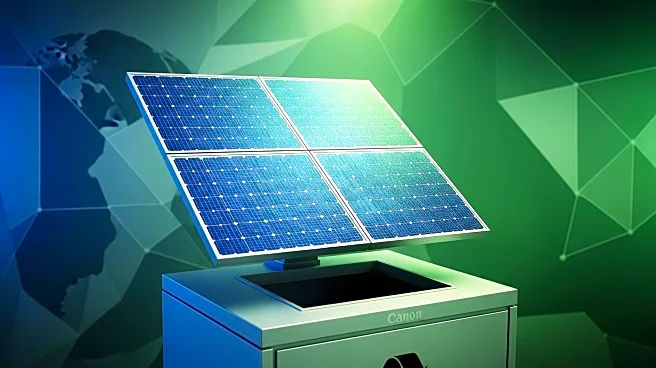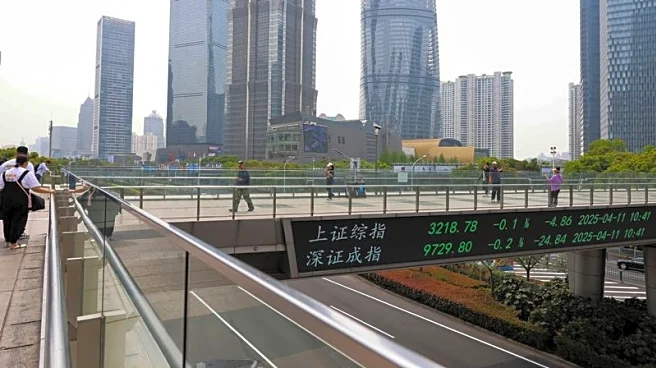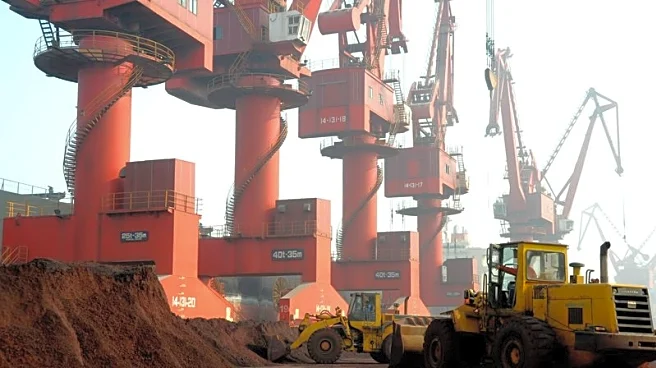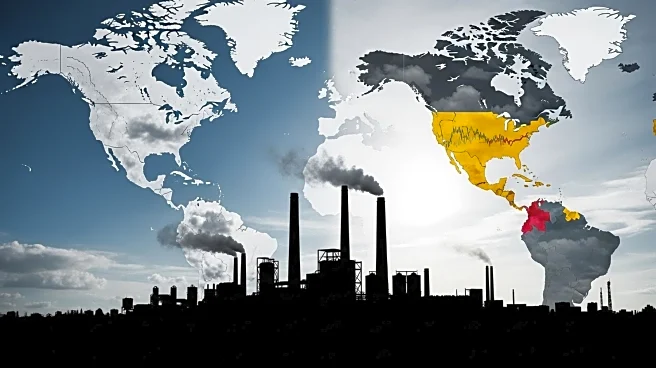What's Happening?
A study published in Nature examines the role of anthropogenic mineral circularity in addressing resource supply and waste management challenges in global photovoltaic (PV) development. The study highlights the importance of recycling policies to achieve high collection rates and meet material demand by 2050. It notes that while the EU has introduced PV-specific recycling directives, countries like China and the U.S. lack comprehensive regulations, resulting in low recycling rates. The study emphasizes the need for policy frameworks to enable large-scale PV circularity and reduce reliance on raw materials.
Why It's Important?
The findings underscore the critical role of policy in facilitating the recycling of PV systems, which is essential for sustainable energy transitions. Effective recycling policies can alleviate resource pressures, reduce environmental impacts, and support industrial competitiveness. The study highlights the potential for recycled materials to meet significant portions of future material demand, emphasizing the need for global cooperation and policy alignment to achieve these goals.
What's Next?
The study suggests that countries with high projected secondary supply, particularly in Asia and North America, should strengthen regulatory mandates and establish regional recycling targets. Governments are encouraged to invest in recycling infrastructure and provide financial incentives to support early-stage collection and recycling efforts. The study calls for international coordination on recycling standards and cross-border trade to support global circularity.
Beyond the Headlines
The study highlights the multiscale benefits of PV recycling, including metal criticality alleviation, economic potential, and carbon emission reduction. It suggests that recycling offers a viable pathway to reduce critical material risks and contribute to decarbonization goals. The study calls for targeted policy recommendations to promote a global circular PV economy.












